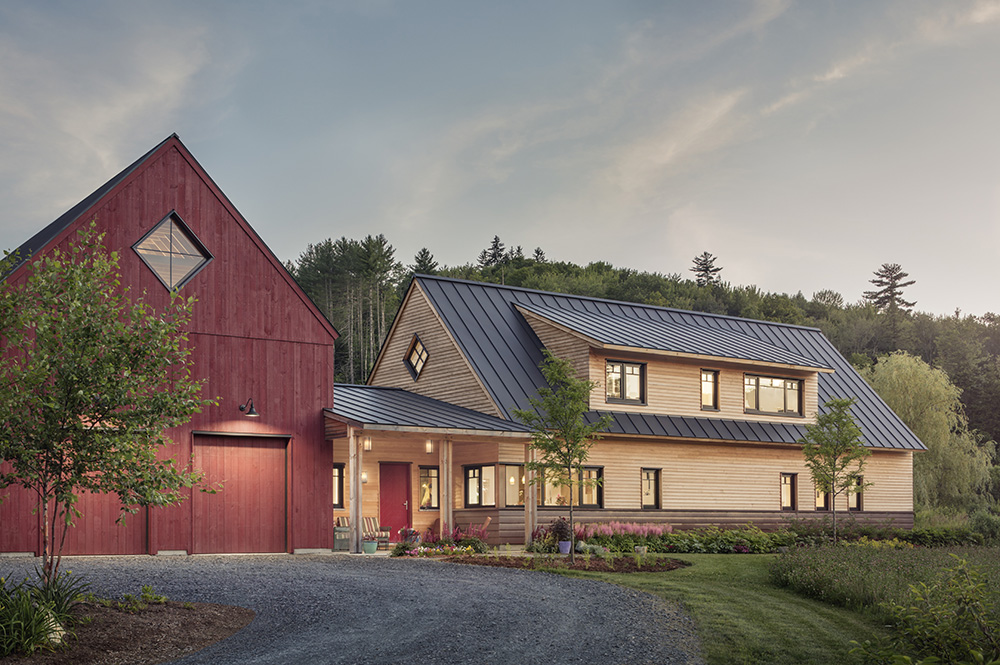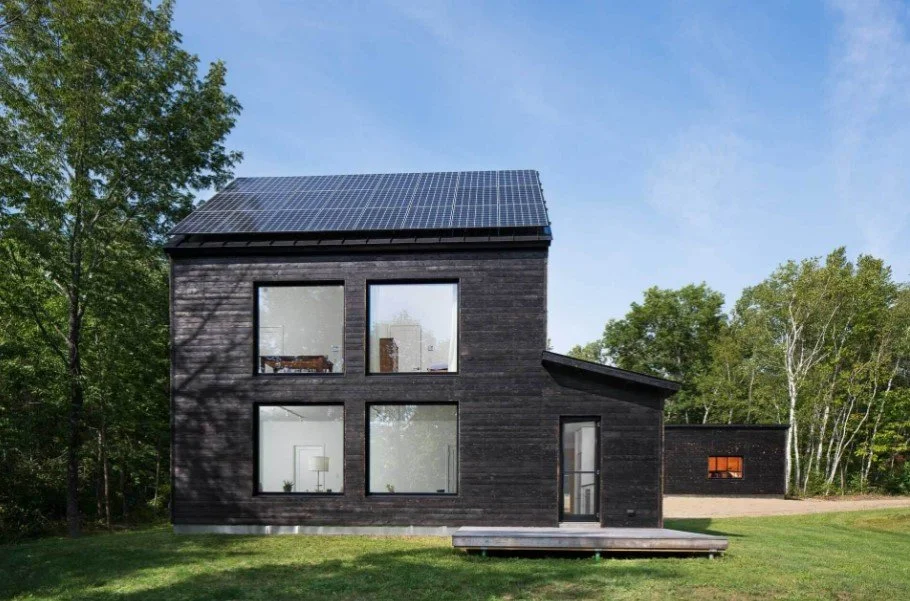Creating airtight joints is a crucial aspect of constructing energy-efficient buildings. The process involves meticulous planning and execution to ensure that the joints are sealed properly, preventing unwanted air leakage and maintaining the indoor climate. This guide will walk you through the steps involved in creating such joints.
Before we delve into the details, it’s important to understand the significance of airtightness in building construction. Airtightness plays a pivotal role in achieving energy efficiency and comfort in buildings. You can learn more about this in our article on building envelope integrity.
Understanding the Basics
The first step towards creating airtight joints involves understanding the basics of airtightness. It’s about creating a continuous barrier that prevents air from leaking in or out of the building. This barrier is often referred to as the air control layer.
Selection of Materials
The choice of materials used for sealing joints is critical. The materials should be durable, resistant to aging, and capable of withstanding the conditions they will be exposed to. They should also be compatible with the other construction materials used in the building.
Execution of Airtightness
Once the planning is done and materials are selected, the next step is the execution. This involves careful installation of the air control layer and meticulous sealing of all joints to ensure airtightness.
For more insights on the benefits of airtight construction, you can visit this informative article.
Once the construction is completed, it’s important to inspect the joints to ensure they are airtight. You can inspect joints via Ring cam to verify their airtightness.
Creating airtight joints is a significant step towards achieving a net-zero energy building. To further enhance your building’s energy efficiency, you can match net zero with off-grid solutions.






